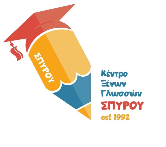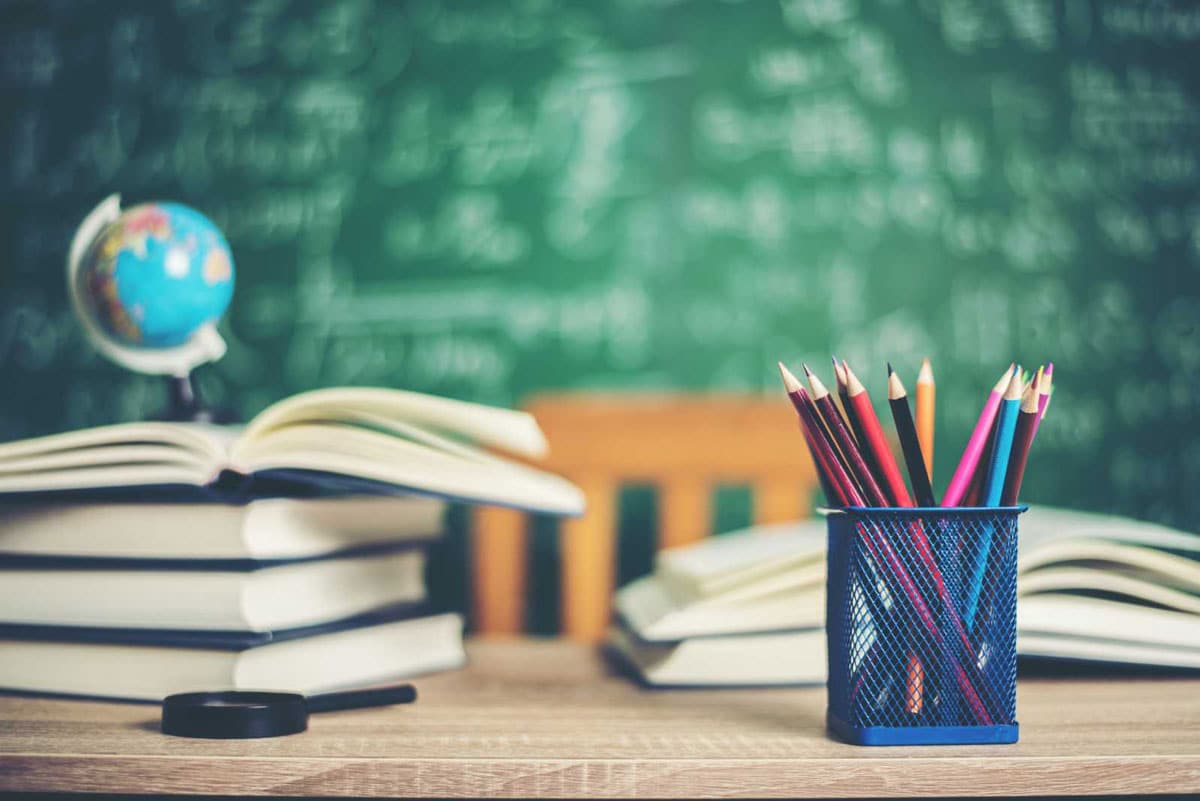How to Become an Independent and Active Learner; the Role of Memory
The article is inspired by the MOOC “The Science of Learning -What Every Teacher Should Know”, provided by Columbia University and available on the Edx platform.
What is Active Learning?
Active learning is a prerequisite for lifelong learning which in turn leads to success beyond the school and university context. For this reason, students must learn to become independent and active learners at an early stage. Towards the definition of active learning, it is important to contrast it with popular misconceptions about the nature of successful learning. Such erroneous beliefs are related to the way knowledge is acquired, the role of mistakes and the innate abilities thought to be directly linked to high levels of achievement.
Mistakes and errors are often misinterpreted by students as factors that hinder progress and take a toll on their performance. Nevertheless, according to scientists like Professors A. Lee and K. Mattingly “making errors is often an essential element of effective learning”. In addition to that, Bjork et al (2013) point out another erroneous assumption, namely that learning should be easy. On the contrary, as A. Lee and K. Mattingly declare, “it’s the mental struggle that frequently creates deep learning”. Finally, as opposed to innate abilities and talents, it is the amount of effort we put that plays a major part in attaining a goal.
Once these misconceptions are discarded, embarking on the role of active learner only presupposes to “learn how to learn”, i.e. learn the necessary strategies that apply to the triptych of successful learning: 1st processing the new information, 2nd connecting it to prior knowledge and 3rd saving it in the long-term memory for later retrieval.
The focus of this article rests upon the role of memory and its implications as a crucial factor in learning. Other factors, such as motivation, feedback and errors will be further discussed in one of our next articles.
The Role of Memory

Photo by Júnior Ferreira on Unsplash
When we refer to ‘memory’ we have to make a distinction between the working memory and the long-term memory. The working memory is responsible for holding the information only for a few seconds and unless this information is somehow manipulated and transferred to the long-term memory, it is lost. Therefore, the capacity of working memory is limited and cannot cater for the consolidation of knowledge, the basic prerequisite for successful learning. In fact, in order for learning to take place, the information must be retained for long periods of time that is to be consolidated and consciously accessed when needed. This is where the long-term memory comes into play. The transfer of information from the working memory into the long-term memory (the stage in which knowledge is stored indifinitely) is the desirable effect for our students.
What’s the catch?!
This process involves a lot of STRUGGLE and PERSEVERANCE! That is why, according to Cognitive Scientistics the first step to successfully engage learners with the process of effective learning is to familiarize them with the concept of “struggle” and assure them that hard effort pays off!
“Focused mind power is one of the strongest forces on earth.”
Mark Victor Hansen
But How can we create the necessary conditions for long-term learning?
The Strategies:
The following strategies are suggested by the Columbia University and are intertwined with the learning process:
1. Retrieval Practice

The most familiar and popular way students choose to memorize new information is by reading through their materials, then making notes and finally revising these notes. What the research community proposes instead, is hiding our notes, trying to recall what we have written down and at the same time reflect upon why they were important to keep a record of in the first place. By this way, learners manage to make robust connections among the new and the old information and create new, shorter paths in their minds that lead to the new knowledge faster and more easily. This technique is based on the concept of free recall, in which learners are responsible for recalling the information on their own without relying on other sources, such as on their notes or their teacher’s prompts and questions.
Students can practice free recall by talking aloud, sketching, writing down or even embodying the role of the teacher!
2. Spaced Learning

Another particularly useful strategy is to break down studying into shorter intervals.
Letting students study for short periods of time is ideal, since interval studying allows opportunities for further processing the information through reflection and the retrieval practice technique. At this stage students can pose questions to themselves, such as: ‘How is this new piece of information connected to my prior knowledge?”, “Why?”, “How?” and also practise rephrasing (i.e. restating with our own words).
Both reflective questions and rephrasing foster deep learning and expedite comprehension.

3. Interleaving
Finally, scientists have risen our awareness on a technique, which no matter how confusing it may seem, it works miracles!
Interleaving means varying our studying with different subjects and devoting a short amount of time to each one successively. For example, half an hour studying Maths, then half an hour History and then half an hour Geometry. After that, back to Maths and so on. (Devoting less than 30 minutes each time may not have the desirable effects, though)
Enduring memories are worth it!
All these techniques are difficult, yet effective ways for creating enduring memories which can in turn maximize students’ academic performance. Once students familiarize themselves with these strategies and start applying them in their everyday life, they will embody the role of an active and independent learner.

References
Benassi, V. A., Overson, C. E., & Hakala, C. M. (Eds.) (2014). Applying science of learning in education: Infusing psychological science into the curriculum. Retrieved from the Society for the Teaching of Psychology web site: http://teachpsych.org/ebooks/asle2014/index.php
Bjork, R. A., Dunlosky, J., and Kornell, N. (2013) Self-regulated learning: Beliefs, techniques, and illusions. Annual Review of Psychology 64: 417-444.
Lee A., Mattingly K. Research Summary: Misconceptions and Learning Strategies. Retrieved from https://prod-edxapp.edx cdn.org/assets/courseware/v1/9d06964786875c25af2baf169d99bcb5/asset-v1:TeachersCollegeX+EDSCI1x+1T2018+type@asset+block/EDSCI1x_3.5_Lee_and_Mattingly_Research_Article_Summary–Elaboration_and_Self-Explanation.pdf
Teacherscollegex: Edsci1x The Science Of Learning – What Every Teacher Should Know https://courses.edx.org/courses/course-v1:TeachersCollegeX+EDSCI1x+1T2018/course/


